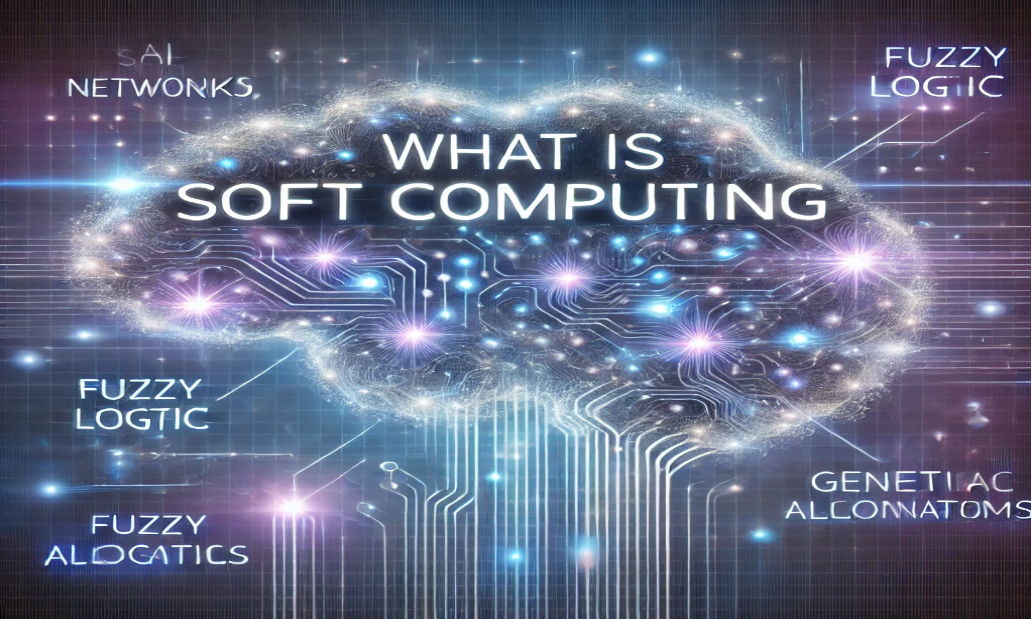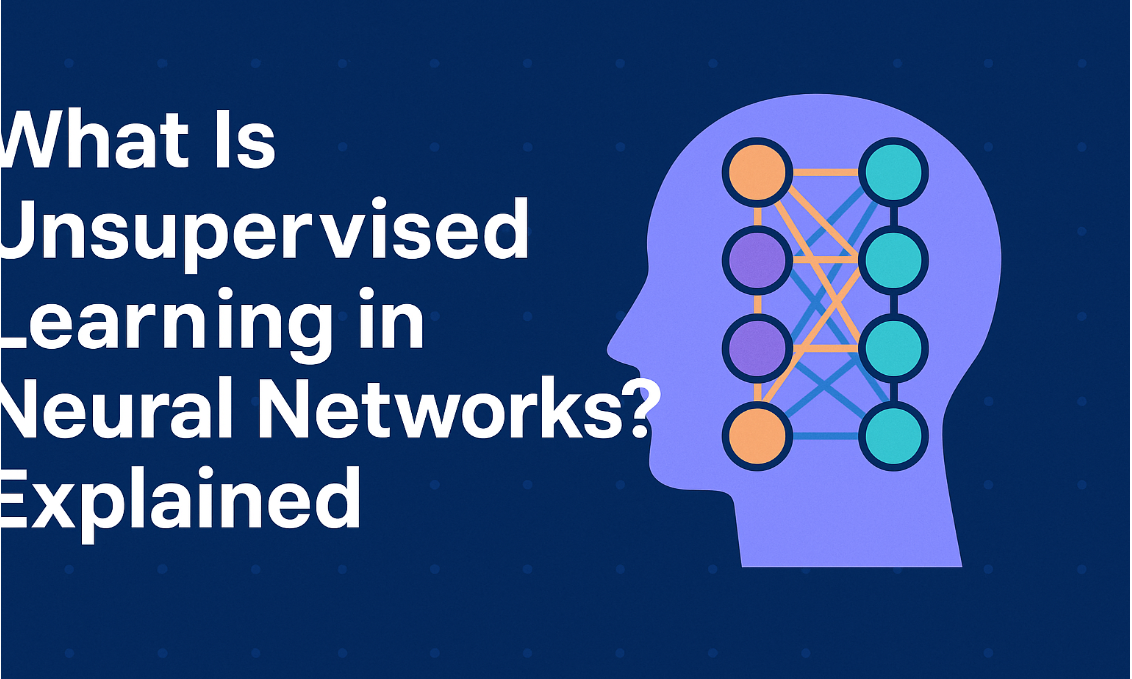
Introduction to Soft Computing
What is Soft Computing?
Soft computing is a branch of artificial intelligence that deals with imprecise, uncertain, and approximate solutions rather than rigid and precise computational approaches. It mimics human decision-making processes, allowing systems to adapt and learn in dynamic environments.
Unlike traditional hard computing, which requires precise inputs and follows strict algorithms, soft computing techniques work with incomplete or noisy data to provide approximate but useful solutions.
Table of Contents
History of Soft Computing
The term "soft computing" was introduced by Lotfi A. Zadeh in the early 1990s. Zadeh, who also developed fuzzy logic, believed that conventional computing approaches were insufficient for handling real-world complexity. Over the years, soft computing has evolved into a multidisciplinary field integrating elements from artificial intelligence, machine learning, and statistical methods.
Components of Soft Computing
Soft computing consists of the following core methodologies:
1. Fuzzy Logic
Introduced by Lotfi Zadeh in 1965.
Deals with reasoning that is approximate rather than fixed and exact.
Used in systems where traditional binary logic (0 or 1) does not work well.
Example: Washing machines with fuzzy control adjust washing cycles based on load size and dirt level.
2. Neural Networks
Inspired by the structure and function of biological neurons.
Learns from large amounts of data and makes decisions based on learned patterns.
Used in image recognition, speech processing, and self-driving cars.
3. Genetic Algorithms (GAs)
Based on principles of natural selection and evolution.
Used for optimization problems where multiple solutions are possible.
Example: Used in scheduling airline flight paths to minimize fuel consumption.
4. Swarm Intelligence
Inspired by the behavior of animals like ants, bees, and birds.
Used in robotics, network optimization, and artificial intelligence.
5. Evolutionary Computing
Uses algorithms that evolve over time to find optimal solutions.
Used in game development, data mining, and industrial automation.
Differences Between Soft and Hard Computing
| Feature | Soft Computing | Hard Computing |
|---|---|---|
| Nature | Approximate | Precise |
| Data Handling | Works with uncertain, imprecise data | Requires exact inputs |
| Learning Ability | Adaptive, learns from experience | Predefined algorithms |
| Speed | Faster in uncertain environments | Slower in handling complexity |
| Example | AI-based recommendation systems | Traditional calculators |
Advantages of Soft Computing
✅ Handles imprecise and uncertain data. ✅ Mimics human reasoning and adapts to dynamic environments. ✅ Provides cost-effective and flexible solutions. ✅ Works well in non-linear systems like medical diagnosis and robotics. ✅ Allows parallel computing for better efficiency.
Disadvantages of Soft Computing
❌ Results are not always 100% accurate. ❌ Requires large datasets for training neural networks. ❌ Implementation can be computationally expensive. ❌ Difficult to interpret results from complex AI models.
Applications of Soft Computing
Soft computing is used in various industries:
Healthcare: Disease diagnosis and medical image analysis.
Finance: Stock market prediction and fraud detection.
Robotics: Adaptive control systems in autonomous robots.
E-commerce: AI-based product recommendations (Amazon, Netflix).
Cybersecurity: Spam filtering and anomaly detection.
Gaming: AI-driven game development and character behavior.
Courses and Learning Resources
If you want to learn soft computing, here are some recommended courses:
📌 Coursera: Machine Learning by Andrew Ng
📌 Udemy: Neural Networks and Deep Learning
📌 edX: AI and Soft Computing Fundamentals
📌 Books: "Soft Computing and Intelligent Systems" by Fakhreddine O. Karray
Soft Computing in Problem Solving
Problem: Predicting Stock Prices
Solution:
Gather historical stock data.
Use a neural network to learn patterns in price fluctuations.
Implement a genetic algorithm to optimize the model parameters.
Use fuzzy logic to classify stocks as "high risk," "moderate risk," or "low risk."
Predict future stock prices based on trained models.
By integrating neural networks, genetic algorithms, and fuzzy logic, the system can make more accurate stock market predictions.
Conclusion
Soft computing is a powerful tool in modern computing, bridging the gap between artificial intelligence, machine learning, and human-like decision-making. With applications in almost every industry, from healthcare to finance and robotics, its importance will continue to grow.
Would you like to explore more about AI-driven innovations? Let us know in the comments below! 🚀
Frequently Asked Questions (FAQs) 🔍
Q: What is the main goal of soft computing?
A: The main goal is to solve complex, uncertain, and real-world problems efficiently using AI-based techniques.
Q: How does soft computing differ from traditional computing?
A: Traditional computing requires precise inputs and follows strict rules, whereas soft computing can handle imprecise and uncertain data.
Q: What are the real-world applications of soft computing?
A: It is used in robotics, medical diagnosis, stock market prediction, and intelligent automation.
Q: Can I learn soft computing without programming?
A: Basic programming knowledge is helpful but not mandatory. Many AI tools and platforms allow no-code AI development.
🔹 Did you find this guide helpful? Comment below! 👇
🔹 Share this article with your friends to spread knowledge. 🚀








